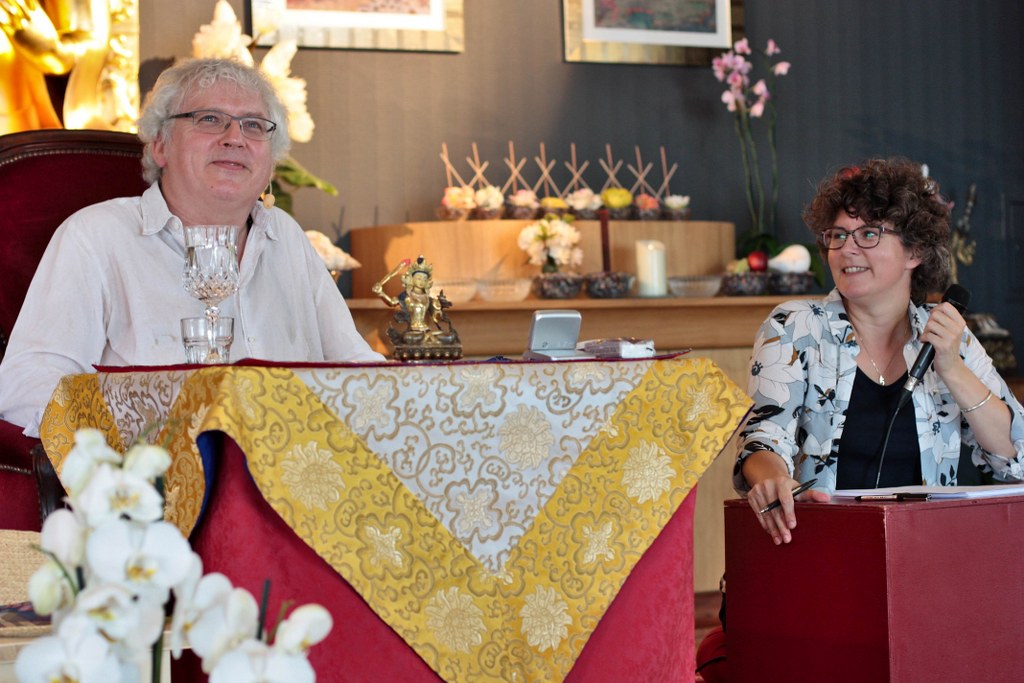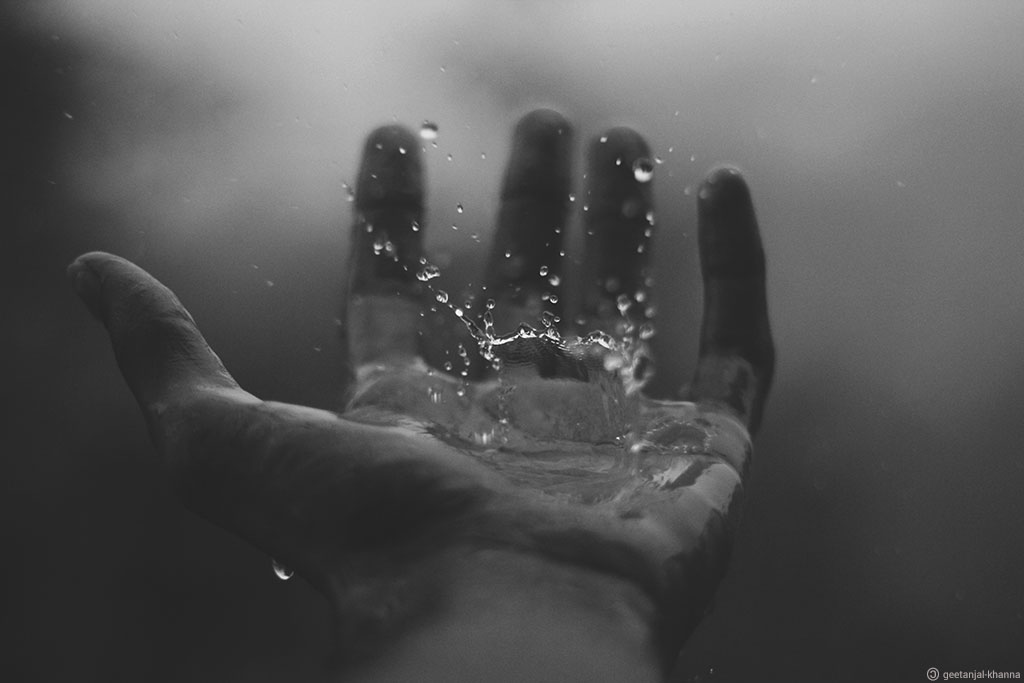Good News—Everything Changes All the Time!
Lama Jampa Thaye’s Teaching on Impermanence
“We do not only practice contemplation on impermanence in the beginning of the path; it is a major theme that we explore throughout the entirety of our spiritual journey.” Lama Jampa Thaye warns us that if we run across the theme of impermanence often and in all Buddhist traditions, it’s for a good reason. The reason is twofold: Meditation on impermanence awakens us to the necessity of applying the Buddha’s teaching, and it also brings us closer to the reality of phenomena.
Nonetheless, a question arises; what do we mean by meditation in this context? He explains, “Here, meditation is a form of reflection; on the basis of concepts, we bring an idea to the mind, and we analyze it in order to bring about certainty in relation to the subject. This certainty is not only intellectual. It is not a question of convincing oneself of the fact that death is inevitable, for example. The understanding we are talking about here brings a profound change in our feelings. We experience detachment from our ordinary implications because we take the notion of death seriously. There is an intellectual aspect, but also an emotional or sentimental one, we could say. We must integrate the instructions into our reflection until they affect us within and eventually bring about change.” This is what led Nagarjuna to say, “As all things are consumed by impermanence, we cannot find protection in any phenomenon.”
In fact, the integration of impermanence is progressive. First, our view is completely incorrect because we think that all phenomena are permanent. To correct this, the Dharma affirms that all conditioned phenomena are impermanent. We then are able to observe that things appear, abide, and are destroyed, but this remains a very crude approach to reality. To allow us to go deeper, it is taught that all things are momentary.
This means that phenomena change from moment to moment. We arrive at an understanding of more subtle impermanence, one closer to reality. But the final view expressed by the middle way is that all phenomena, including the moment itself, are empty of any true existence. After analysis, we perceive that the moment itself cannot be an entity. It is like a ladder that we ascend rung by rung. The approach evolves in relation to the understanding of the practitioner. Starting from gross impermanence, we reach emptiness.
Lama Jampa clarifies that, “Emptiness can be difficult for beginners. Considering impermanence allows us to dissipate grasping to the idea that things are always the same. Contemplating impermanence allows us to see that things do not have an essential nature and, thus, to get closer to emptiness. Meditating on impermanence allows us to develop the proper view.”
Chronicles from the Institute
But this weekend’s teaching was not only limited to a philosophical approach to impermanence; we also took the time to discover another aspect: death. Through a game of progressive reflections, Lama Jampa took inspiration from past masters to familiarize us with the idea of death. It involves developing certainty on two fronts: we will all die, and no one knows when! But as our resistance is strong, we must go step by step, or, rather, we must consider death through various aspects: others’ deaths, our own death, the fact that a lifetime is not predetermined, contemplation of the causes of life and the causes of death, the fact that no one escapes death, and yet others.
All of this could give the impression of leading us into morbid considerations, sinister contemplations that brush the macabre. Not at all! Lama Jampa clarifies: the contemplation of impermanence generates a relaxation that goes beyond hope and fear; it opens up to joy, for the remedy to suffering is in our possession.

I did not introduce Lama Jampa Thaye, as he has now been coming to Dhagpo regularly for several years on Gyalwa Karmapa’s request. Each of his teachings is at once erudite, inspiring, and accessible. And his Britishness, his ironic humor, gives the precision of his teaching a certain je ne sais quoi of flexibility. This man does one good—good in terms of virtue.
Puntso, Head of Dhagpo’s Program



